
Castor Oil for Hair Growth: Unlock the Powerful Benefits for Healthier, Thicker Hair
When it comes to natural remedies for hair care, Castor Oil For Hair is a standout choice in Saudi Arabia, where hair health is highly valued. Extracted from the seeds of the castor plant, this nutrient-rich oil contains ricinoleic acid and omega-6 fatty acids, making it a versatile solution for a variety of hair and […]
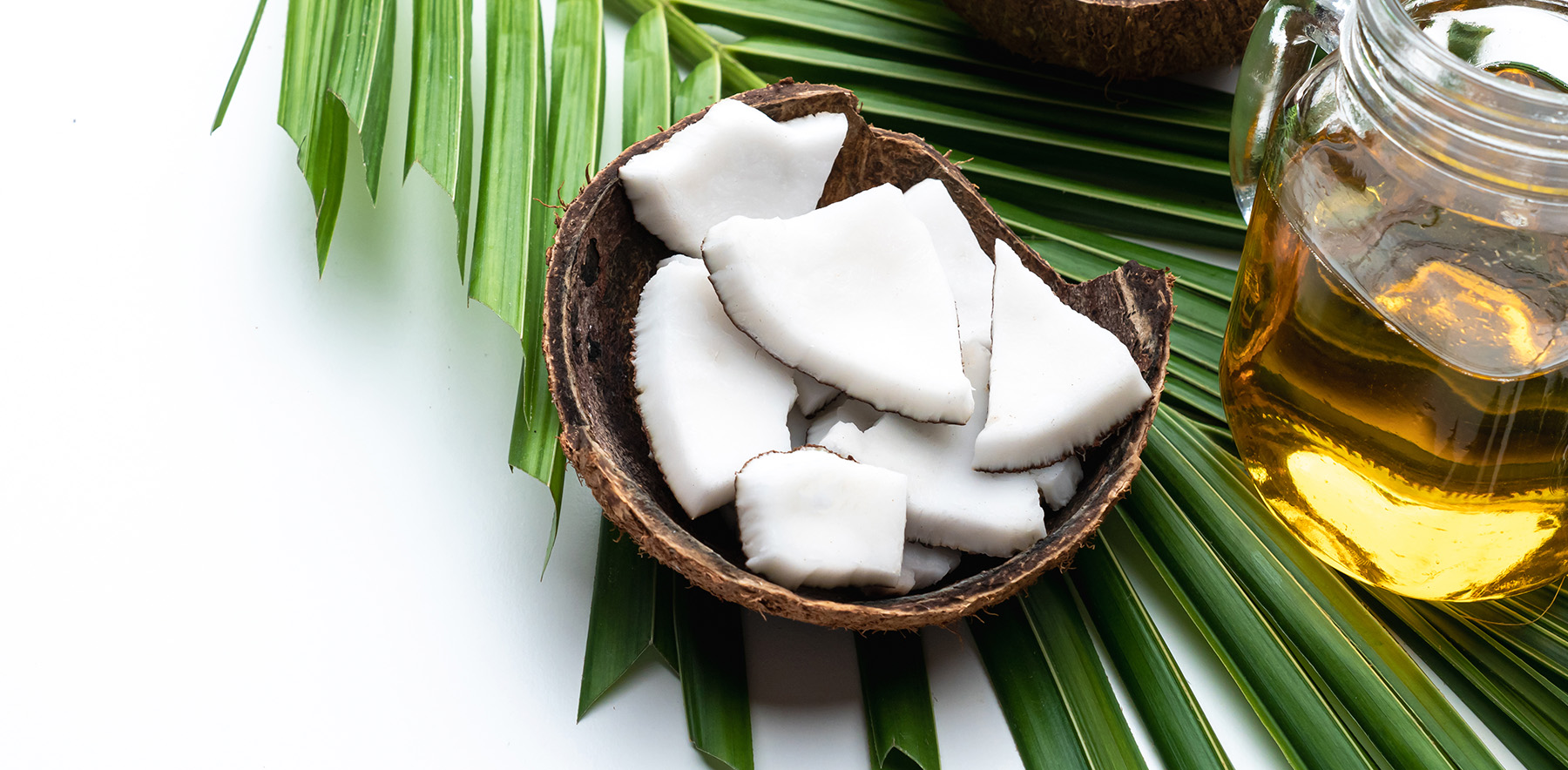
Coconut Oil for Hair in Saudi Arabia: 5 Top Benefits for Growth & Strength
In Saudi Arabia, where beauty traditions and natural remedies are cherished, coconut oil for hair has earned its place as a trusted hair care essential. Whether passed down through generations or recommended by modern hair care experts, this versatile oil is celebrated for its ability to transform hair health. Rich in essential nutrients and boasting […]

Best Anti-Dandruff Shampoo in Saudi Arabia : Top Picks to Fight Flakes and Soothe Your Scalp
The silent battle against dandruff happening on your scalp is more complex than it appears. Those stubborn white flakes aren’t merely an aesthetic issue—they are a sign of imbalance in your scalp’s health. Dandruff arises from a delicate conflict between your skin’s natural ecosystem and external factors like pollution, harsh weather, and unsuitable hair care […]

The Importance of Oiling in Hair Care: Top Natural Oils for Hair Growth and Thickness
Ever wondered why your grandmother’s secret hair care ritual always seemed to work like magic? Picture this: a scorching Saudi afternoon, sand dancing in the wind, and yet, some women walk by with hair that looks like it’s been touched by pure silk. Their secret? The age-old art of hair oiling – a tradition that’s […]

Home Remedies for Bronchitis
Difficulty in breathing is termed as Shwas Roga in Ayurveda. For description, Ayurveda classifies the specific difficulties in breathing into 5 different types.

Burns
Damage to the skin or deeper tissues caused by sun, hot liquids, fire, electricity, or chemicals. The degree of severity of most burns is based on the size and depth of the burn.

Natural/Ayurvedic Home Remedies for Common Cold
Ayurveda terms the common cold as Prathishyaya. Vitiation of Vata and Kapha individually or together, is generally involved in the ailment.

Home Remedies for Abdominal Pain
This is known as Shoola in Ayurveda. Eight types of shoola have been described, which include Vataja, Pittaja, Kaphaja, Vata-Pittaja, Vata-Kaphaja, Tridoshaja and Amaja.

Ayurvedic Home Remedies for Constipation
Constipation is known as Vibandha in Ayurveda. Causes leading to constipation are irregular food habits and irregular bowel habits besides psychological reasons.

Diarrhea
This condition is termed Atisara in Ayurveda. Diarrhoea could be caused by any of the following: intake of foods of any particular quality in excess; foods incompatible with your Prakriti or with seasonal variations; intake of foods that are not well cooked; contaminated water or other beverages etc. Further, in Ayurveda, diarrhoea is also described to be induced by mental causes and by toxins.

Fever
Fever or Jwar is one of the most comprehensively described entities in Ayurveda.

Home Remedies for Flatulence
Flatulence is known as Anaha in Ayurveda. The causative dosha is Vata and is characterized by stiffness in the lower abdomen, scanty defecation, and occasional breathing problems.
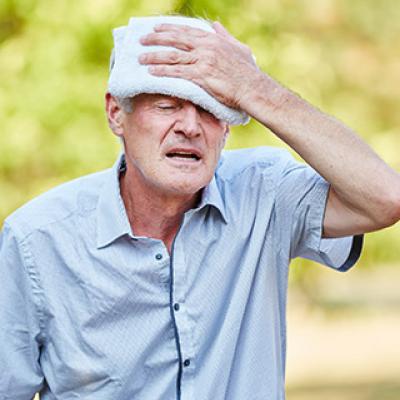
Sunstroke
Sunstroke is known as Surya Santap in Ayurveda. Surya Santap (heat exhaustion) leads to trishna (excessive thirst).

Home Remedies for Indigestion
This is known as Ajeerna in Ayurveda. It is a result of fasting or consumption of food before digestion of the earlier intake of food.
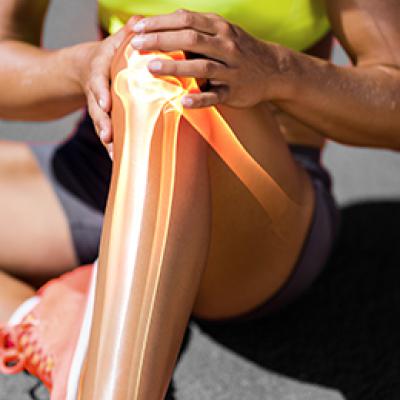
Natural/Ayurvedic Home Remedies for Joint Pains
Joint pains have broadly been classified under Sandhivata and Ama Vata by Ayurveda. While Ama Vata correlates to rheumatoid arthritis in terms of pathology, the other type is close to arthritis from aging.

Loss of Appetite
Loss of appetite and indigestion are closely linked entities of digestive disturbance in Ayurveda. Agnimandhya is the term used to denote loss of appetite while Ajeerna denotes indigestion.

Home Remedies for Muscle Pain
Almost all pains including muscular pain in the body are described as Vataja in origin in Ayurveda.

Nausea
Nausea is stomach discomfort and the sensation of wanting to vomit. Nausea can be a precursor to vomiting the contents of the stomach.

Sore Throat
Sore throat has been mentioned as a prodromal symptom of the common cold in Ayurveda. It has been described as pinprick-like pain in the throat.

Wounds
Wounds have been described in Ayurveda as Vrana. Almost all kinds of wounds have been described, including traumatic ones.
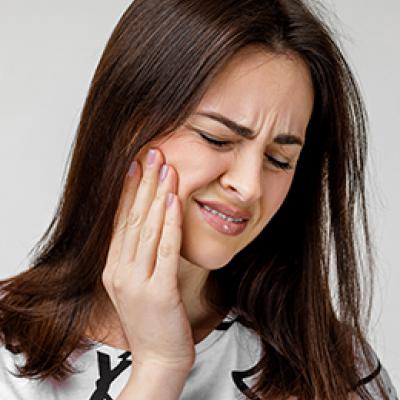
Toothache
Toothache can have causes that aren’t due to underlying disease. Examples include biting into something hard, flossing, and getting something stuck in between the teeth or braces.

Acne
Acne being associated often with adolescence, is termed as Yuvanapidika in Ayurveda. Vitiation of Pitta and Kapha are generally involved in the outburst of pimples.
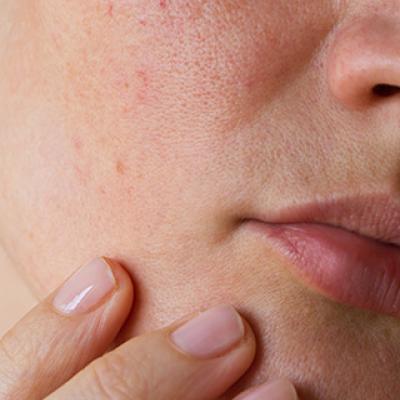
Dry Skin
Indian Ayurveda describes Dry skin as a predominant trait of the Vata constitution. Even in normal people, Vata causes dryness of the skin when it is vitiated due to seasonal influences.

Face Masks
Ayurveda recommends several herbs that can be used to make natural face packs. Take water in a wide-mouthed vessel to which the powders of all the herbs have been added.
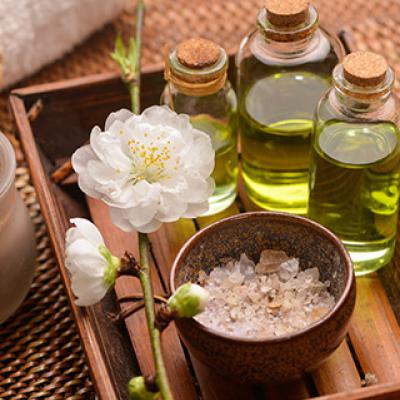
Massage Oil
The main purpose of massage oils is to lubricate the skin to reduce friction while performing a massage.
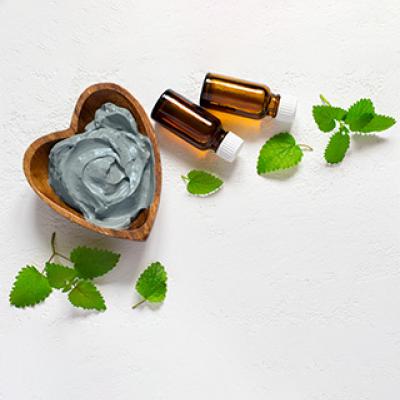
Body Pack
Ayurvedic body pack is an organic and natural skin care product that is made with the goodness of various herbal ingredients to help the skin glow or shine.
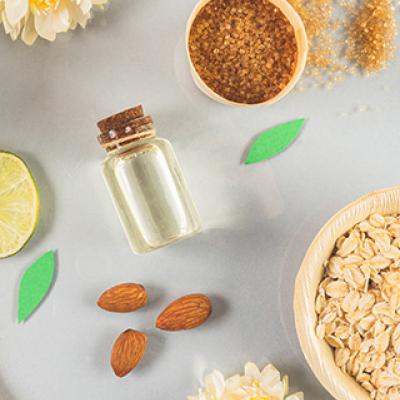
Herbal Rinses
The use of Herbal rinses is a part of the bathing ritual. A combination of selected herbs is added to hot water as recommended by Indian Ayurveda.
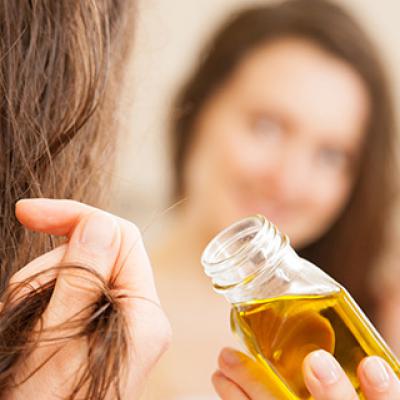
Nourishing Hair Oil
This nourishing hair oil, also known as Brahmi – Amla Hair oil, strengthens the hair roots, prevents hair loss, and maintains the suppleness of the hair as recommended by Ayurveda. The oil can be stored for as long as 3 months.
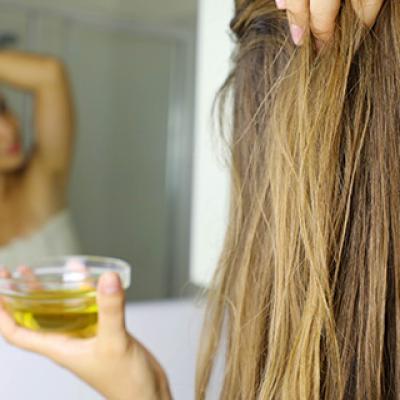
Restorative Hair Oil
A lightweight blend of herbal products and nourishing oils to protect, hydrate, and style your hair.
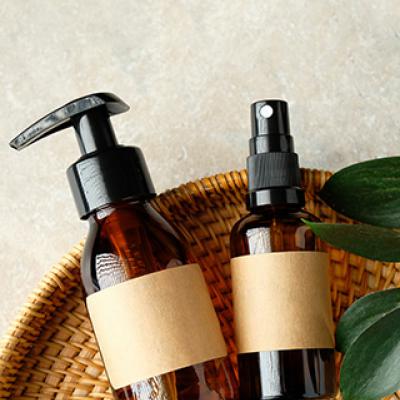
Herbal Shampoos
Herbs as cleansing agents have been used since ancient Indian Ayurveda for hair washes. These herbs have very little lathering quality.
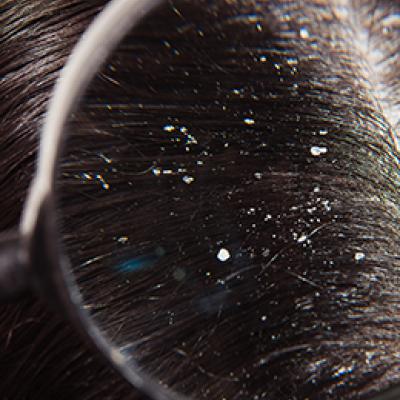
Dandruff
Dandruff is a common scalp condition in which small pieces of dry skin flake off of the scalp. It is a skin condition that causes a dry, scaly scalp, and the skin falls off in white flakes.
